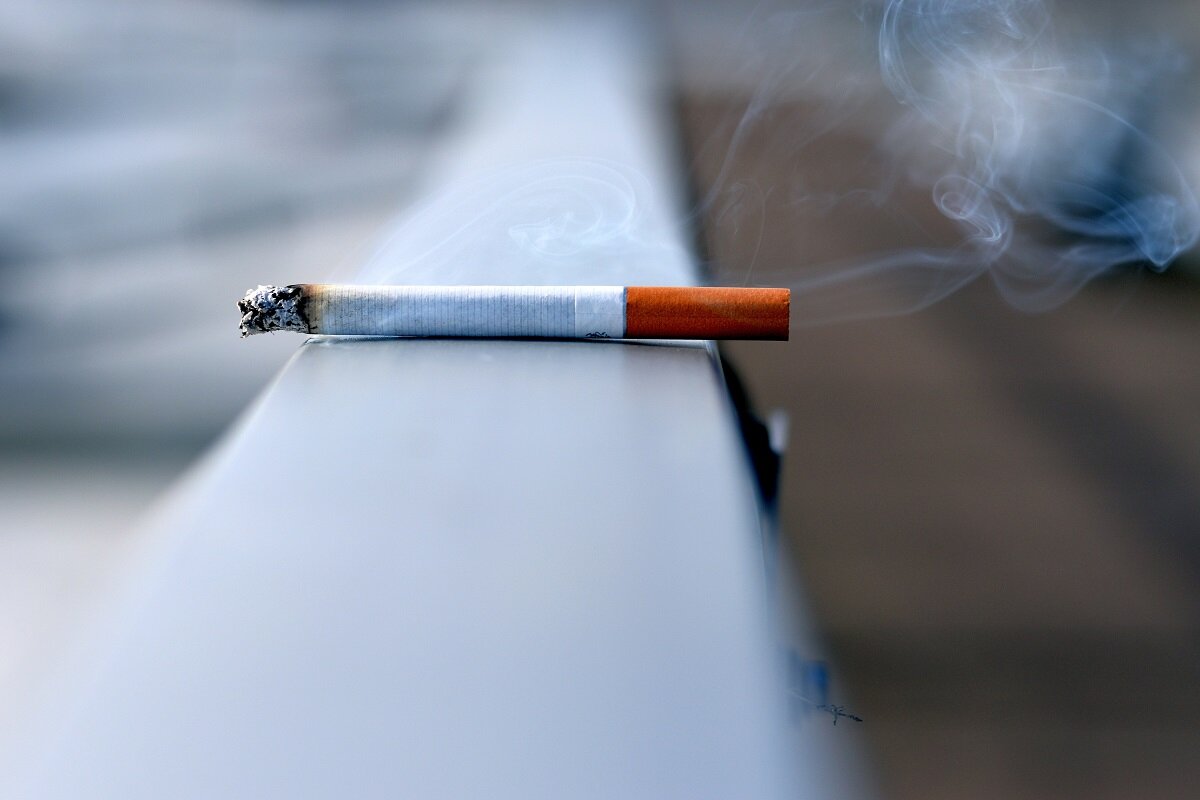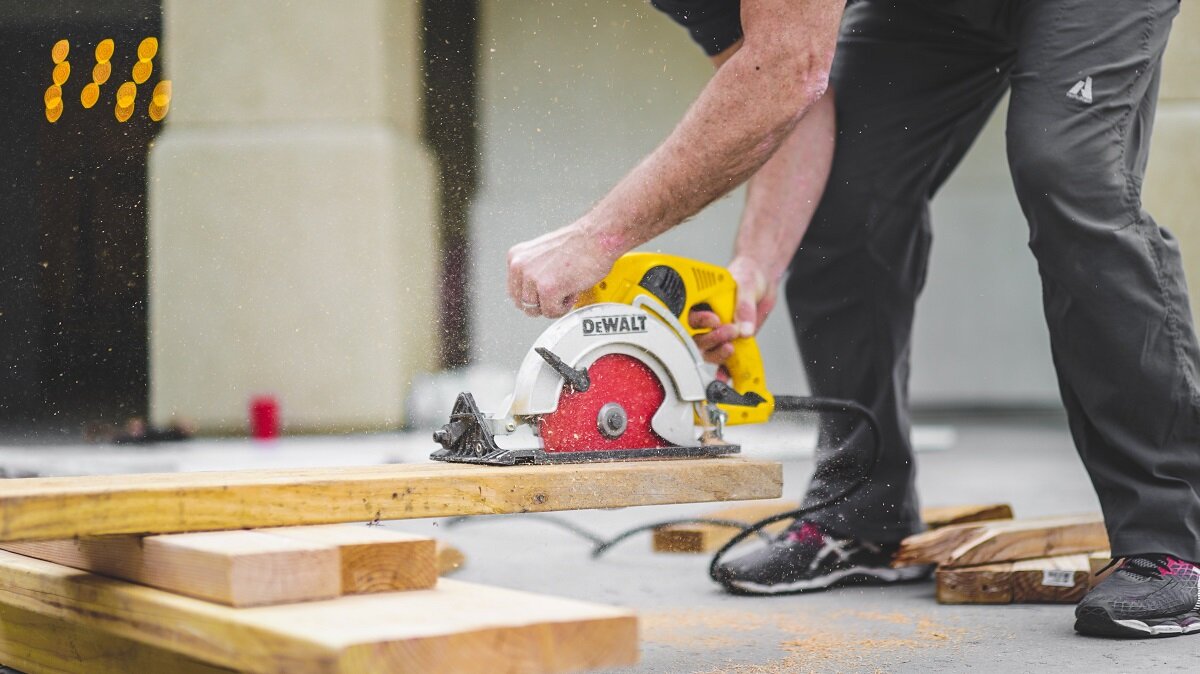October 22, 2020
Indoor Air Pollution: Causes and Effects You Need to Know About (Utah)

True or false: outdoor air is more polluted than indoor air in Utah.
What do you think? The answer may actually surprise you: indoor air pollution is pretty bad! In fact, the EPA estimates that indoor air pollution may be two to five times higher than outdoor air pollution.

Causes and effects of indoor air pollution in Utah
Today we’re sharing the most common causes of indoor air pollution and the effects that Utah residents need to know about.
#1 – Pet dander
Do you have a pet in your home? If so, there’s a good chance your pet sheds and it’s affecting the air quality in your home. Dogs and cats, in particular, tend to shed a lot. Their dander can cause strong allergic reactions in people who breathe in these particles. Additionally, pets may track in pollen from the outdoors, which can further worsen allergic reactions.
#2 – Household cleaning products
It seems like it should be safe to assume that household cleaning products aren’t dangerous to breathe or be exposed to. However, that is not the case. Rather, common household cleaning products are actually one of the top causes of indoor air pollution!
These products must be used in small amounts and with great caution. If certain chemicals are mixed, they will release extremely toxic pollutants into the air. Even without mixing products, using a cleaning product straight from the store can still cause side effects such as itchy or burning eyes, irritated skin, headaches, and nausea.
To check out which cleaning products are safe and dangerous, check out this guide from the Environmental Working Group.
#3 – Wood burning
Wood burning stoves and fireplaces are also commonly found indoors in Utah. The smoke from wood burning appliances can release harmful emissions in the air, which can cause health effects such as coughing, chest congestion, asthma attacks, heart attacks, and lung cancer. Since fireplaces are typically used during cold winter months, rooms with fireplaces aren’t likely to have fresh air in them. Without this ventilation, toxic smoke is even more likely to linger indoors.

#4 – Tobacco
On a similar note, tobacco smoke is another common cause of indoor air pollution. Smoking indoors creates the perfect opportunity for these polluting fumes to stay inside, so everyone around breathes them in for a longer period of time.
Even if you’re not the one smoking, secondhand smoke is still dangerous to be exposed to. In fact, people exposed to secondhand smoke may have a 20-30% higher chance of getting lung cancer, according to the CDC.
#5 – Mold
Mold may just seem like an eyesore, but it can still be an irritant to our bodies if left alone. In fact, mold can actually make allergies worse, trigger asthma attacks, and cause other discomforts in Utah residents.
Keep an eye out for where moisture can accumulate in your home, such as your bathroom, kitchen, and anywhere a humidifier is placed. If there is a leak in your home or roof, be careful of mold growing in the walls surrounding the area of the leak.
#6 – Dust
Dust. Honestly, we can’t avoid it. In the course of normal life, dust will always accumulate in our homes. This is why regular house cleanings are so important! Like many other common indoor air pollutants, dust may seem harmless. However, as it builds up, it is likely to cause nasal and chest discomfort and irritation. If you notice that you seem to be more congested in your home (especially if you have a hard time sleeping at night due to congestion) dust may be the culprit!

#7 – Construction debris
Construction debris is a very common cause of indoor air pollution. Dust, leftover materials, paint fumes, and more can really harm the air quality of the building where the project took place. We all know how intense paint fumes can be to smell, so when we’re dealing with other materials, substances, and sprays on top of that, the results can be unpleasant and dangerous to breathe.
Check out this post to see some of the items we’ve found in Utah homes left behind from various home construction and renovation projects. We’ve even found things like toxic asbestos tape!
#8 – Outdoor air pollution
Finally, pollution from the outdoors can also cause indoor air pollution. This happens when outdoor air pollution seeps indoors, through things like open doors and windows, chimneys, and sealing cracks.
Utah has experienced a lot of population growth in recent years. While this growth is wonderful in many ways, it also has caused an increase in vehicle traffic, expansion, and industrial growth. All of these factors have led to an uptick in CO2 emissions in this state.
Additionally, temperature inversions during Utah’s winters trap polluted air close to ground level so that it can’t escape. This means Utah residents are breathing highly polluted air for long durations.
Since this pollution can also affect indoor air quality, we recommend getting a good air purifier to make sure you’re breathing clean, safe air.
Want to combat indoor air pollution? Get your air ducts cleaned!
One of the top places that irritants and pollutants accumulate in Utah homes is the home’s air ducts. Since these vents are out of sight and hard to reach, they typically aren’t cleaned regularly. They actually should be cleaned professionally to ensure that they are cleaned thoroughly and safely.
If you want to minimize the indoor air pollution in your Utah home, call Crystal Clean Vents today to schedule your air duct cleaning services. Or, if you’re not sure whether your home’s vents need to be cleaned, set up a FREE in-home air duct inspection instead!

Leave a Reply